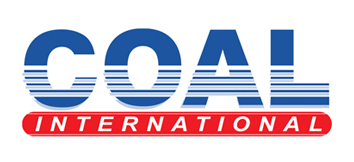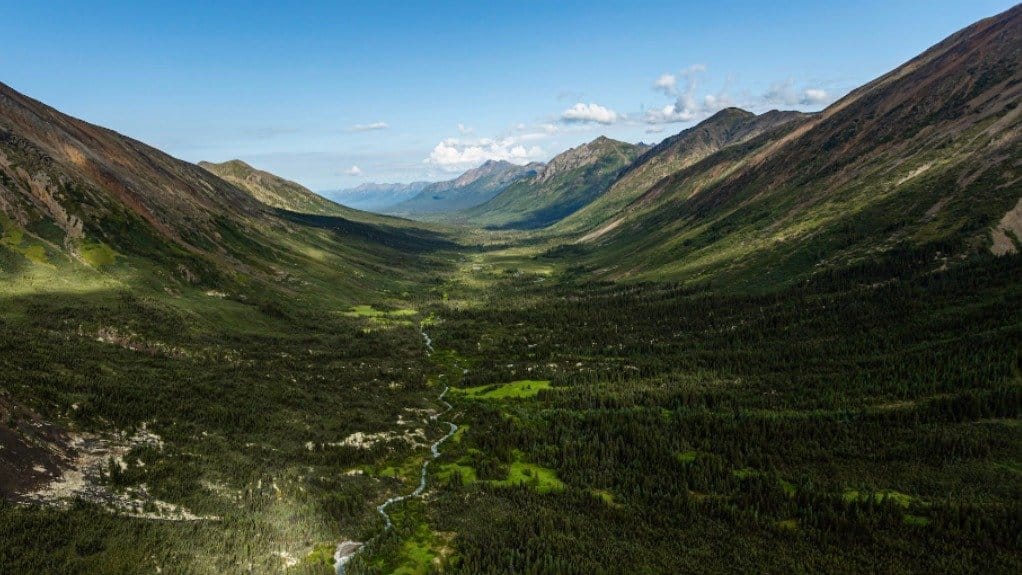Exploration and development company Snowline Gold’s Valley project in the Yukon Territory is emerging as a globally significant gold deposit, with the potential to become one of Canada’s largest openpit operations – and one of the lowest-cost, CEO Calum Morrison said.
Speaking at the Diggers and Dealers Mining Forum in Kalgoorlie, Australia, Morrison showcased the company’s flagship eight-million-ounce Valley deposit, highlighting its robust economics, high grade, and unusually low strip ratio of one-to-one. A preliminary economic assessment (PEA) released in June outlined a project capable of producing 544 000 oz/y of gold at an all-in sustaining cost of $569/oz in its first five years. Over a 20-year mine life, production will average 341 000 oz/y.
Morrison said the Valley deposit was “a globally relevant, potentially Tier-1 project”, delivering strong economics from surface.
“This is what delivers most of our project economics,” he said, referring to the 3.3-million-ounce starter pit at 2.35 g/t.
At a base-case gold price of $2 150/oz, the PEA outlined an after-tax net present value (NPV) of C$3.5-billion, but Morrison said upside was significant. At spot prices, the NPV exceeds C$7-billion, with an internal rate of return (IRR) above 40%.
“This is an all-weather project. Even at $1 650/oz, Valley still generates robust economics with a C$1.6-billion NPV and 17% IRR,” he noted.
Snowline is now investigating whether it can double Valley’s mill throughput from 25 000 t/d to 50 000 t/d, which could sustain a 500 000 oz/y production profile.
FAST-TRACKING DEVELOPMENT
While not yet shovel-ready, Snowline aims to significantly compress its development schedule. The project is located 75 km from a government-maintained road and 30 km from a heavy-equipment trail used by other mining projects in the area. Snowline has assumed full infrastructure costs in its PEA but is actively exploring cost-sharing or government support.
“This is a meaningful project for the Yukon – potentially representing 32% of GDP,” Morrison said. “With a population of just 50 000, this mine can move the needle.”
The company’s deep relationships with local First Nations and government stakeholders give it confidence that it can accelerate permitting and development.
“We do think we are the best group to advance this project at this stage,” Morrison said. “We have got a purpose-built team addressing not only the opportunities, but the risks we see in the project. We have a year-round presence in the Yukon. ”
GROWING INTEREST
Valley has attracted comparisons to major Tier-1 discoveries, including Australia’s De Grey Mining’s Hemi project. While not listed on the ASX, Snowline has drawn increasing Australian attention and currently holds a C$1.5-billion market capitalisation on the TSX-V.
“We’ve been called the ‘next De Grey’ in some circles,” Morrison said. “I’ll let you decide on that, but there are clear comparisons in terms of scale and potential. We are a bigger starter pit, higher grade mineralisation and a lower strip ratio.”
“There is M&A potential here, sure. But we believe a significant value gap still exists versus our global peers – and we are focused on unlocking that for our shareholders,” he added.
While Valley remains the centrepiece, Snowline controls a 360 000 ha land package in the region and is allocating about 40% of its drilling budget this year to exploration beyond Valley.
Snowline has over C$50-million in treasury, giving it the flexibility to fund both development and exploration in parallel.



